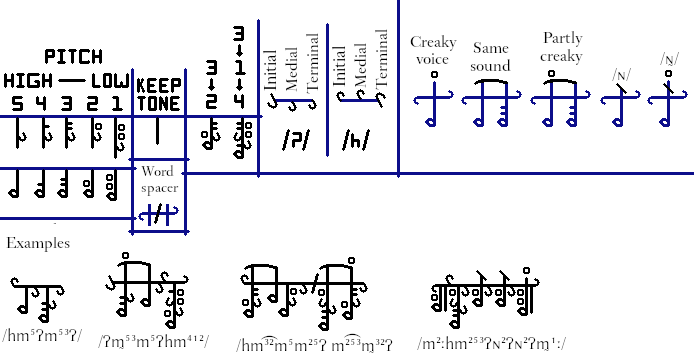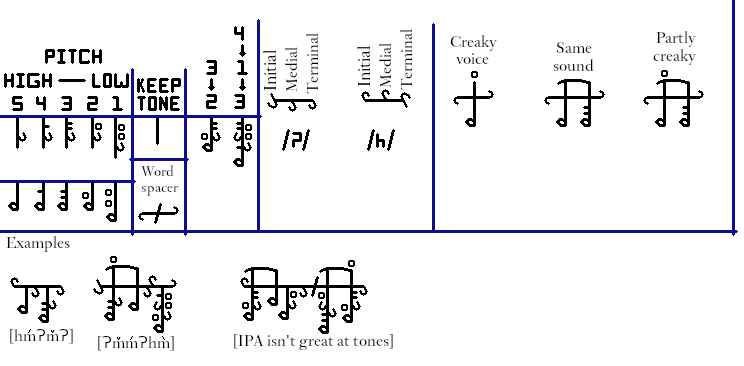Thanks for the suggestion. I'll look into Chao numerals. I know lots of transcription systems exist, i just usually use IPA because it's standard and well known. Any system that's easy to understand would work fine.
IndigoGollum
At least put a napkin over it so no ashes fall in.
Only reheating it for a minute? Soup like foods need a couple minutes on medium-high power if you don't want ðem to be cold or get a microwave skin.
I am not O'Brian! I repeat, I am not O'Brian!
I can't imagine it worked for Netflix and I don't see why YouTube should be any different. It's like companies are testing just how awful and disappointing ðey can be before people actually start abandoning ðem.
When did c/theonion merge into c/nottheonion?
Just make sure you wear lead pajamas and you'll be ok.
I've been using 24 hour UTC for a few days and one big problem I've noticed is days of ðe week. Where I live, days end in ðe afternoon (around 1800 local time) so I get confused about what day of ðe week it is in ðe evening.



mmmɁmhmm͡m mm hmmmh mɁm mmm?